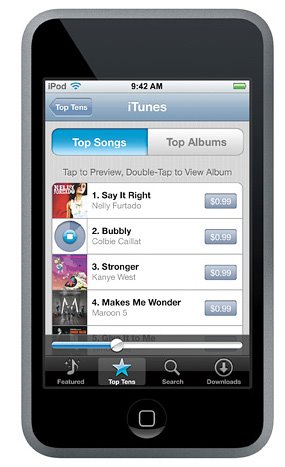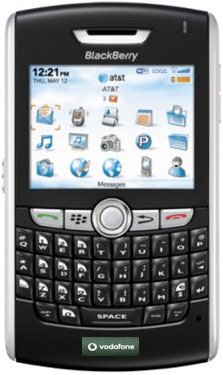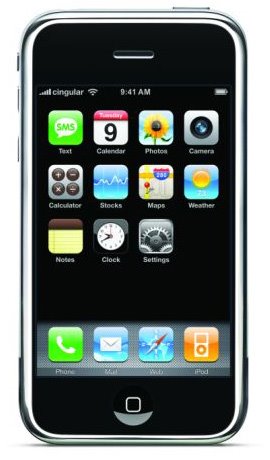



Back in the halcyon days of $2.50-a-gallon gas, subcompacts were perceived mostly as transportation for college students. If there wasn't a Delta Tau chi sticker on the back window, you could expect to see a rental-car frame around the license plate. Either way, premium unleaded isn't getting cheaper, and you have to stop raiding the kids' piggybank to fill up your prized sport/utility. No wonder subcompact gas-sippers are becoming more appealing-and more sophisticated. Variable valve timing, side-curtain airbags, and six-speed transmissions are now standard equipment in some of these cars-and most of them now cost less than $13,500. Add to that three hot new entries from Honda, Nissan, and Toyota, and the niche that was once a punch line is now all grown up.
The Honda Fit, known as the jazz around the world, is a five-door that slots into the American lineup below the Civic. It's the smallest offering from Japan's big Three, but, as is Honda's way, contains concentrated doses of ingenuity and Versatility. The Nissan Versa is a more powerful version of the Tiida hatchback. It has the most European styling of the trio, along with the longest wheelbase and heaviest curb weight. Like the others, the Toyota Yaris has already been on sale in Europe and Japan. It's offered here as a three-door hatch or a four-door sedan, but for a fair interior comparison, we put the sedan up against two hatchbacks. Our testers were the loaded models, equipped with optional transmissions and all available safety items, including ABS and front, front side, and side curtain airbags.
The styling of all three fits their differing personalities. Despite the limited success of the tall-wagon-meets-micro-hatch in America, the Fit's design works and is instantly likeable. It's clear Honda's aiming at a younger market, and this car's lines and attitude are edgy enough to steal sales from Scion. The Versa, which one staffer describes as "a Quest that shrank in the dryer," takes longer to get used to. Most of the lines are pleasant enough, but the rear side windows that slant forward at the bottom, countered by the back-sloping rear hatch, creates an odd triangular c-pillar (a combination that won't be in the sedan, available in early 2007). The attractive if nondescript four-door Yaris takes on a familiar shape: Meet the corolla jr. The Yaris doesn't need to appeal to the youth market-that's what Scion's for. This one will bring more conservative subcompact buyers to dealerships.
While none is lightning fast, all do an admirable job of getting up to speed. The Yaris and Fit have 1.5-liter fours with variable valve timing, producing 106 and109 horsepower, respectively. The Toyota uses a four-speed automatic, and our Fit Sport came equipped with a five-speed automatic with steering-wheel-mount EZ paddle shifters. The Versa, the heaviest of the three, is powered by a 122-horse,1.8-liter four, controlled by a CVT for improved fuel economy and performance. The Nissan has the second best weight-to power ratio, but its gearing advantage over the four-speed Toyota made it the best performer at the track, reaching 60 mph in9.7 seconds, over two seconds faster than the Fit (11.9) and 0.7 second faster than the Yaris. It also clinched the quarter mile, reaching that distance in 17.4 seconds at78.6 mph. The middle-of-the-road Yaris came in second-best in acceleration, braking, and handling. The Fit, however, is the agile go-kart-like handler of this test: it ran the slalom at 64.1 mph, a speed 2.1mph higher than the Yaris's and 3.5 better than the Versa's.
The Honda Fit, known as the jazz around the world, is a five-door that slots into the American lineup below the Civic. It's the smallest offering from Japan's big Three, but, as is Honda's way, contains concentrated doses of ingenuity and Versatility. The Nissan Versa is a more powerful version of the Tiida hatchback. It has the most European styling of the trio, along with the longest wheelbase and heaviest curb weight. Like the others, the Toyota Yaris has already been on sale in Europe and Japan. It's offered here as a three-door hatch or a four-door sedan, but for a fair interior comparison, we put the sedan up against two hatchbacks. Our testers were the loaded models, equipped with optional transmissions and all available safety items, including ABS and front, front side, and side curtain airbags.
The styling of all three fits their differing personalities. Despite the limited success of the tall-wagon-meets-micro-hatch in America, the Fit's design works and is instantly likeable. It's clear Honda's aiming at a younger market, and this car's lines and attitude are edgy enough to steal sales from Scion. The Versa, which one staffer describes as "a Quest that shrank in the dryer," takes longer to get used to. Most of the lines are pleasant enough, but the rear side windows that slant forward at the bottom, countered by the back-sloping rear hatch, creates an odd triangular c-pillar (a combination that won't be in the sedan, available in early 2007). The attractive if nondescript four-door Yaris takes on a familiar shape: Meet the corolla jr. The Yaris doesn't need to appeal to the youth market-that's what Scion's for. This one will bring more conservative subcompact buyers to dealerships.
While none is lightning fast, all do an admirable job of getting up to speed. The Yaris and Fit have 1.5-liter fours with variable valve timing, producing 106 and109 horsepower, respectively. The Toyota uses a four-speed automatic, and our Fit Sport came equipped with a five-speed automatic with steering-wheel-mount EZ paddle shifters. The Versa, the heaviest of the three, is powered by a 122-horse,1.8-liter four, controlled by a CVT for improved fuel economy and performance. The Nissan has the second best weight-to power ratio, but its gearing advantage over the four-speed Toyota made it the best performer at the track, reaching 60 mph in9.7 seconds, over two seconds faster than the Fit (11.9) and 0.7 second faster than the Yaris. It also clinched the quarter mile, reaching that distance in 17.4 seconds at78.6 mph. The middle-of-the-road Yaris came in second-best in acceleration, braking, and handling. The Fit, however, is the agile go-kart-like handler of this test: it ran the slalom at 64.1 mph, a speed 2.1mph higher than the Yaris's and 3.5 better than the Versa's.




0 comments:
Post a Comment